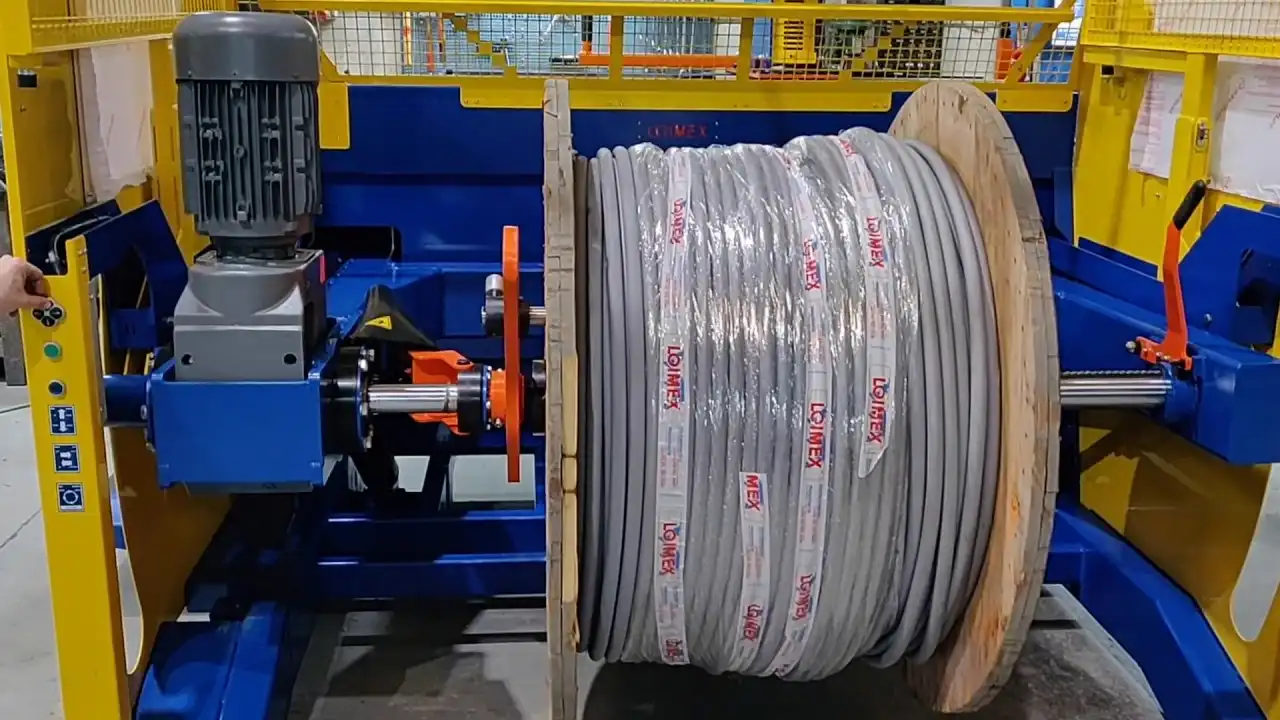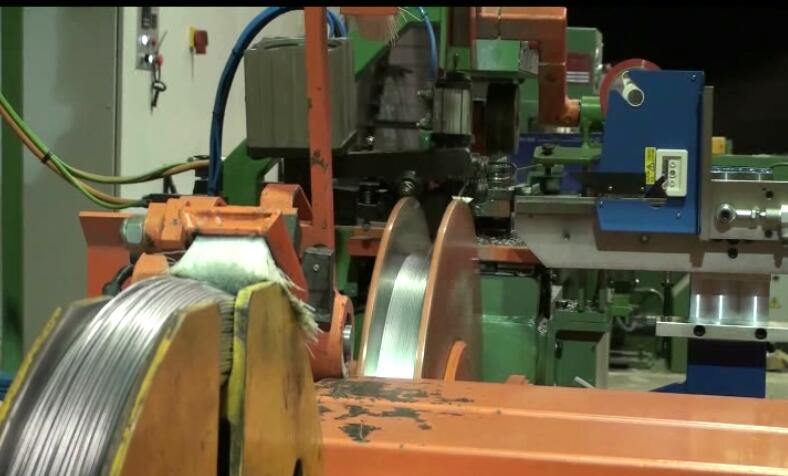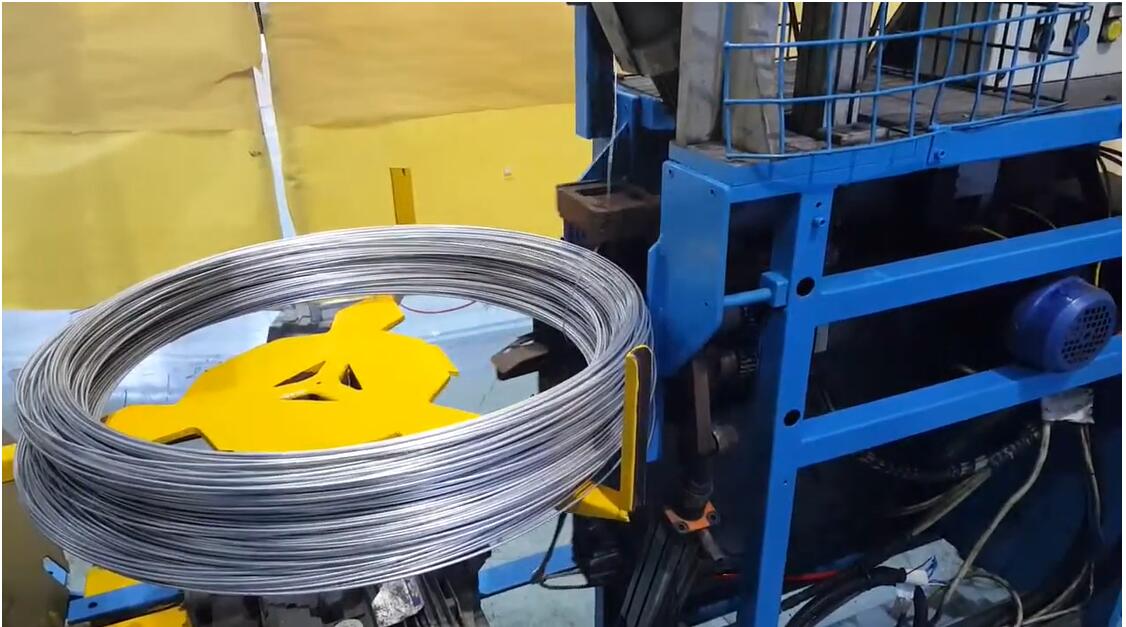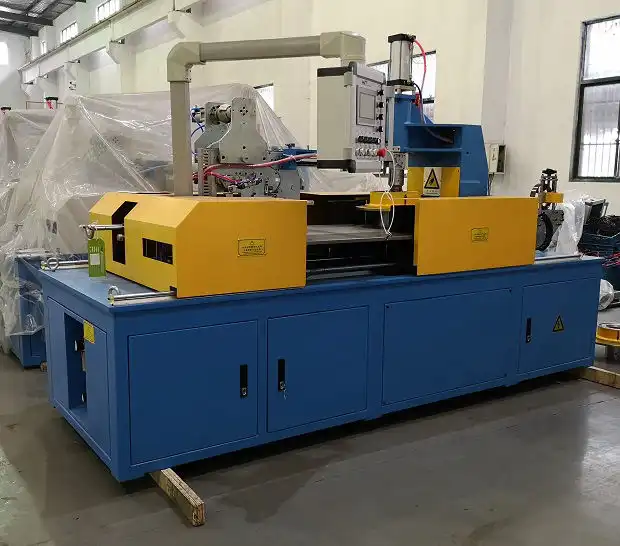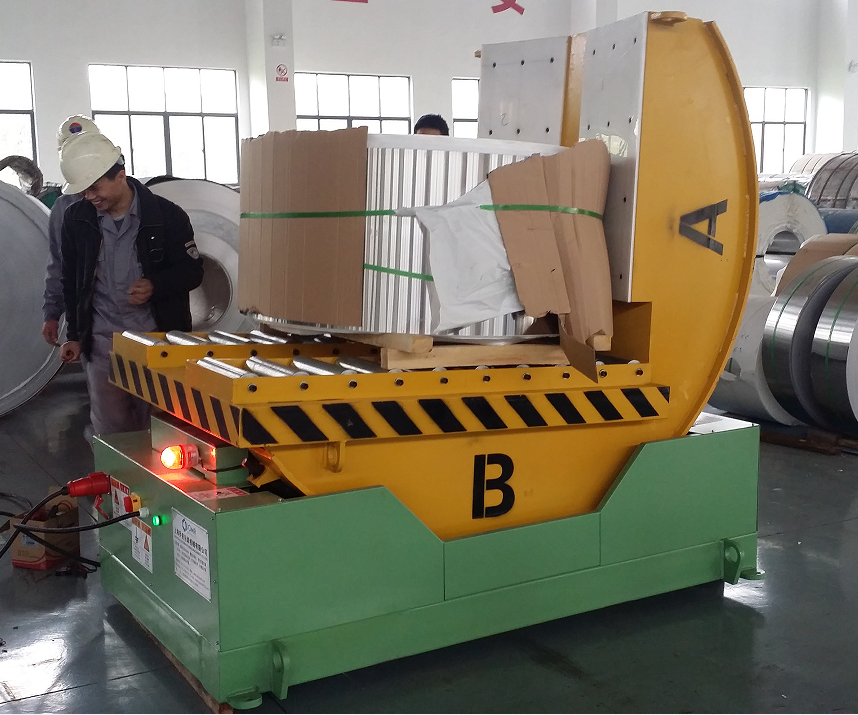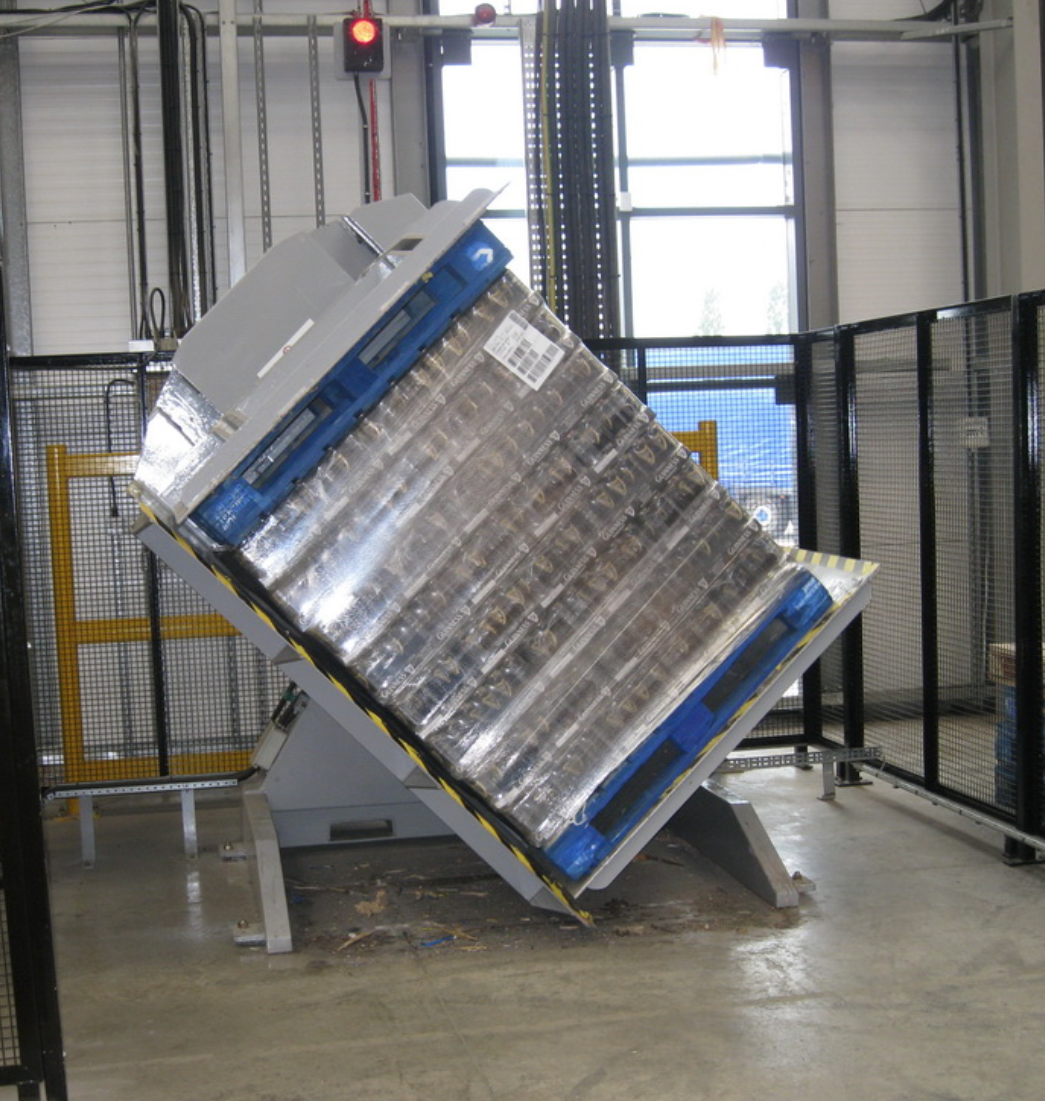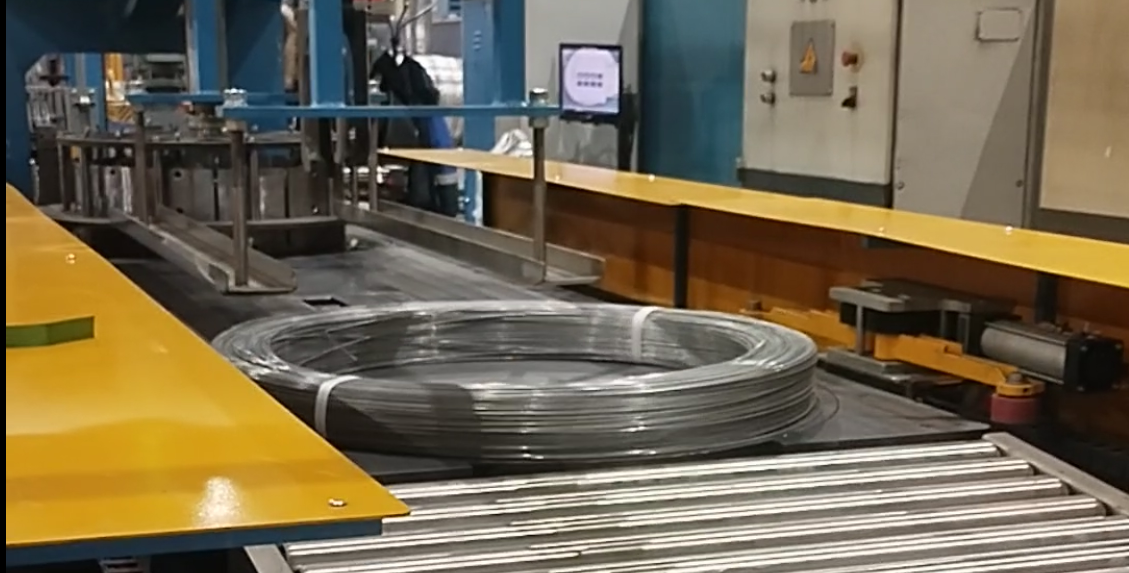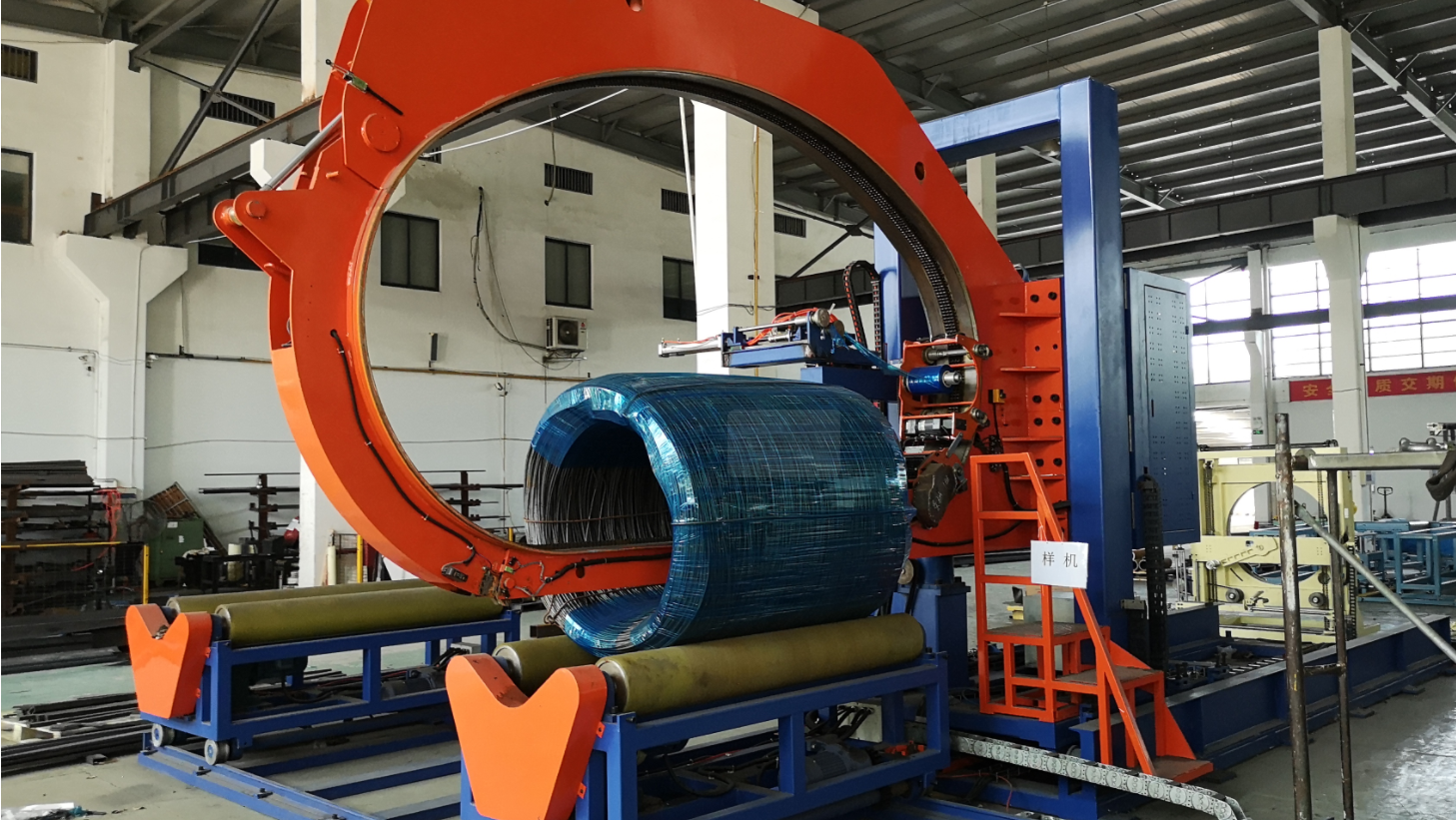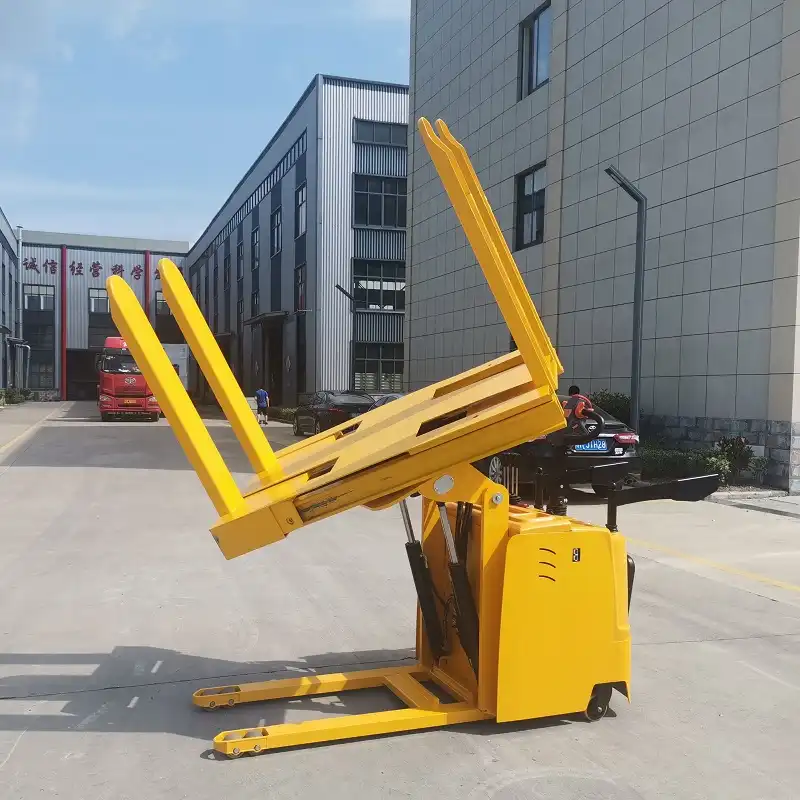Investing in a mold upender can transform your business operations. Struggling with inefficient mold handling? A mold upender offers a seamless solution, enhancing productivity and reducing errors. Let me share how this investment can make a significant difference for you.
Why Should You Invest in a Mold Upender for Your Business?
A mold upender streamlines mold handling by automating the 90-degree turning process. This ensures precision and consistency, reducing manual labor and the risk of damage. By integrating a mold tilter, businesses can achieve higher efficiency and cost-effectiveness in their operations.
Transitioning to automated mold handling might seem daunting, but the benefits are clear. Let’s explore how a mold upender can enhance your production and bring lasting improvements to your workflow.
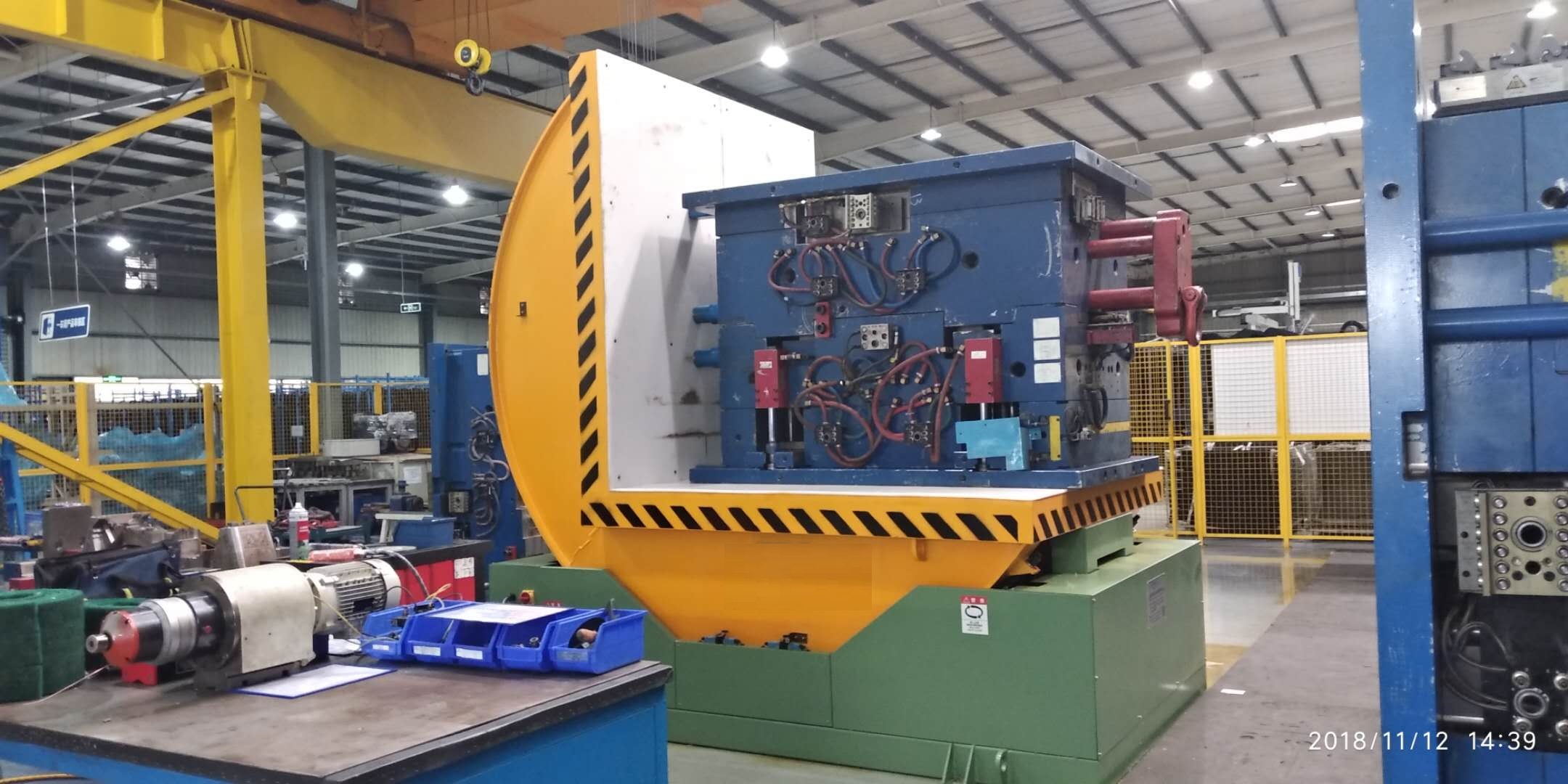
1. How Can a Mold Upender Enhance Your Production Efficiency?
Efficiency is crucial in any manufacturing process. A mold upender can significantly improve your production lines by automating the mold turning process, ensuring precision and reducing downtime.
How Can a Mold Upender Enhance Your Production Efficiency?
Implementing a mold upender in your production line can lead to smoother operations. It automates the 90-degree turning of molds, which minimizes manual intervention and errors. This automation not only speeds up the process but also ensures that each mold is handled with the same level of precision, enhancing overall production quality.
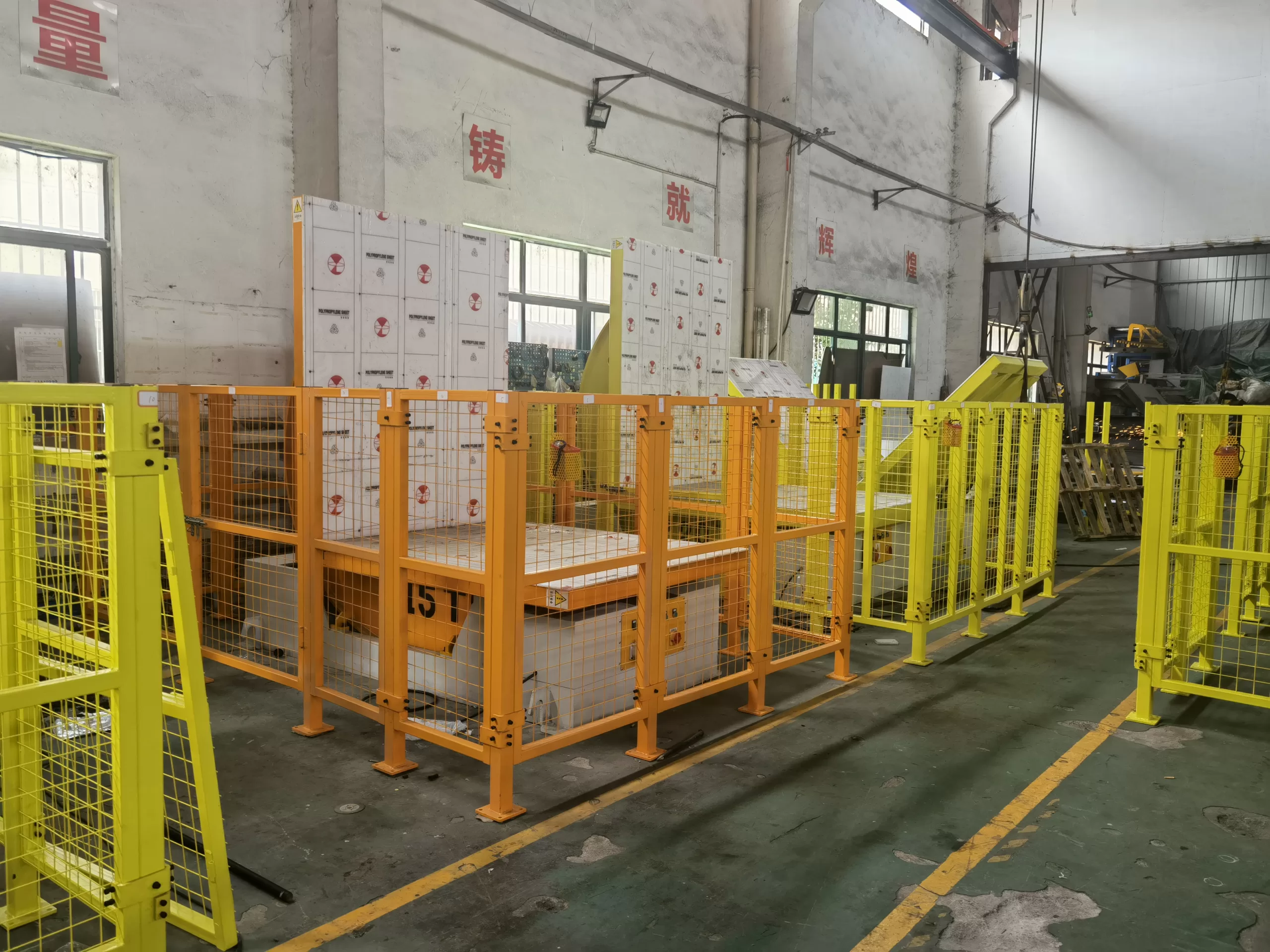
Dive Deeper: Maximizing Efficiency with High-Precision Equipment
Understanding the full impact of a high-precision mold tilter is essential for optimizing your production. By automating mold handling, you can achieve consistent quality and reduce the potential for human error. This consistency is vital in maintaining product standards and meeting customer expectations.
| Benefit | Description |
|---|---|
| Increased Throughput | Automation speeds up the mold handling process, allowing for more units produced in less time. |
| Reduced Labor Costs | Minimizes the need for manual labor, lowering overall operational expenses. |
| Enhanced Precision | Ensures each mold is turned accurately, maintaining high-quality standards. |
| Improved Safety | Reduces the risk of accidents by minimizing manual handling of heavy molds. |
| Scalability | Easily integrates into existing lines, supporting business growth and increased production demands. |
By investing in a cost-effective mold upender, you not only enhance your production efficiency but also create a more reliable and scalable operation. This investment pays off by reducing waste, improving product quality, and enabling your business to meet growing demands with ease.
In my experience, adopting automated solutions like mold upenders has been a game-changer. It allowed me to focus on other critical aspects of the business, knowing that the mold handling process was both efficient and reliable. Embracing such technology can lead to significant long-term benefits, ensuring your business stays competitive in a fast-paced industry.
2. What Are the Cost Benefits of Implementing a Mold Upender?
Managing production costs is a constant challenge in manufacturing. Without the right tools, inefficiencies can lead to wasted resources and increased expenses. Implementing a mold upender can address these issues by streamlining operations and reducing unnecessary costs.
Implementing a mold upender offers significant cost benefits by improving efficiency, reducing labor costs, and minimizing material waste. These advantages make mold upenders a cost-effective solution for manufacturers seeking to enhance their production processes.

Understanding the Financial Impact
A mold upender can transform your manufacturing process, leading to substantial cost savings. Here’s how:
| Cost Benefit | Description | Potential Savings |
|---|---|---|
| Labor Cost Reduction | Automates the upending process, reducing the need for manual labor. | Up to 30% decrease |
| Increased Efficiency | Speeds up the production cycle, allowing for more units produced per hour. | 20% more output |
| Material Waste Minimization | Precision in handling molds reduces defects and material loss. | 15% fewer defects |
| Maintenance Savings | High-quality components lead to fewer breakdowns and maintenance needs. | Lower maintenance costs |
By automating the upending process, companies can significantly cut down on labor expenses. The precision of a mold upender ensures that molds are handled correctly every time, reducing the rate of defects and material waste. Additionally, the durability of high-precision mold upenders means fewer maintenance issues, further lowering operational costs.
Investing in a mold upender is not just about immediate savings. Over time, the increased efficiency and reduced waste contribute to a healthier bottom line. Manufacturers can allocate these savings to other critical areas, such as research and development or expanding production capabilities, driving long-term growth and sustainability.
3. How Does a Mold Upender Improve Product Quality?
Ensuring high product quality is essential for maintaining customer satisfaction and staying competitive. However, manual upending processes can introduce inconsistencies and errors. A mold upender addresses these challenges by providing precise and reliable handling of molds.
A mold upender enhances product quality by ensuring consistent mold positioning, reducing handling errors, and maintaining the integrity of the molds. This leads to superior final products and increased customer satisfaction.
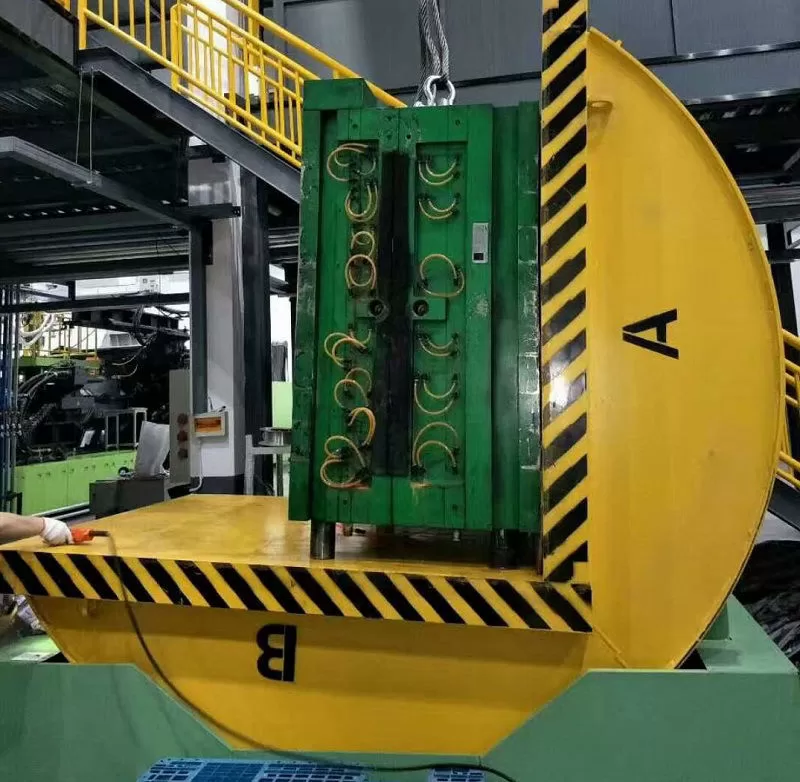
Enhancing Precision and Consistency
Quality control is paramount in manufacturing, and a mold upender plays a critical role in maintaining it. Here’s how a mold upender contributes to higher product quality:
| Quality Improvement Aspect | Impact | Outcome |
|---|---|---|
| Consistent Mold Positioning | Ensures each mold is oriented correctly every time. | Uniform product quality |
| Error Reduction | Minimizes manual handling mistakes that can damage molds. | Fewer defects |
| Preservation of Mold Integrity | Protects molds from unnecessary wear and tear during the upending process. | Longer mold lifespan |
| Enhanced Automation | Integrates seamlessly with automated systems for precise operations. | Improved overall quality |
By consistently positioning each mold with high precision, the mold upender ensures that every product maintains the same quality standards. This uniformity is crucial for products that require exact specifications, such as those in the automotive and construction industries.
Reducing manual handling significantly lowers the chances of errors that can lead to defects. When molds are handled carefully and accurately, the final products are less likely to have imperfections, enhancing overall customer satisfaction. Additionally, preserving the integrity of molds extends their lifespan, providing better value and reducing the frequency of mold replacements.
Integrating a mold upender into your production line also supports broader automation efforts. Automated systems work in harmony to maintain high standards of quality, ensuring that every stage of the manufacturing process contributes to the final product’s excellence. This holistic approach to quality control helps in building a reliable and reputable brand.
Conclusion
Investing in a mold upender offers substantial benefits, from boosting production efficiency and reducing costs to enhancing product quality. By integrating this technology into your business operations, you can achieve greater competitiveness and long-term success in the manufacturing industry.


